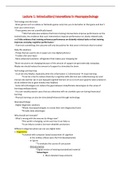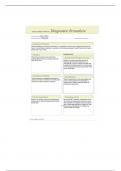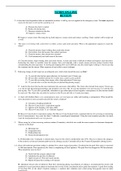College aantekeningen
Extensive lecture summary Innovations in Clinical neuropsychology
This summary covers every lecture and contains all details you need for passing your exam! Difficult concepts are explained and pictures are included for extra understanding.
[Meer zien]







